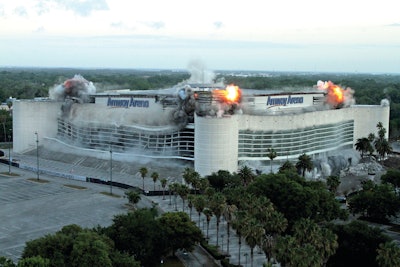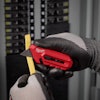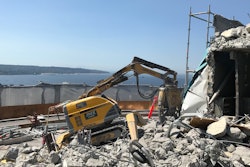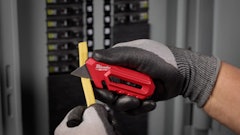
Information from this article was first published in Demolition Magazine and is being reused with permission from the National Demolition Association.
The 367,000-square-foot Old Amway Arena in Orlando, Fla., was the original home of the NBA basketball team the Orlando Magic. After 23 years, the city decided that the arena had run its course and wanted the structure removed to make room for a new Creative Village. The village builds on the success of Orlando’s digital media industry by transforming the former site of the Amway Arena into a 68-acre, mixed-use, transit-oriented urban infill neighborhood that will be the home of colleges, tech companies and many other organizations and residents.
For the implosion of the od Amway Arena in Orland, Sonny Glasbrenner, Inc. of Clearwater, Fla., called on National Demolition Association member Dykon Explosive Demolition Corp. of Tulsa, Okla. - a company that has unique experience imploding stadiums and arenas.
Jim Redyke with Dykon Explosive Demolition made several trips to Orlando to determine the best plan and approach for felling the arena. After much review and engineering analysis, it was decided that it would be best to blast selected steel roof trusses and the interior concrete seating support columns while leaving the four large corner columns.
Sonny Glasbrenner’s outstanding crew worked months to prepare the structure for Dykon’s arrival. These preparations included drilling multiple holes in each of 78 columns, torch cutting the steel roof trusses for shaped charge attachment, building protective beams on both sides of a 102-inch underground pipe that was to remain, and clearing debris from the arena.
After performing a test blast, Dykon determined the appropriate ratio of explosive to volume of concrete to ensure successful structural failure. Redyke felt using a non-electric initiation system provided a better safety factor than an electric system of initiation.
The explosives were detonated in a series of delays, allowing for a reduction in air blast and for better breakage of the concrete. Once the blast was complete, all that was left of the arena were the four corner columns which were brought down later with excavators.




















